In our hyperconnected world, finding true solitude—the kind where human voices fade completely from your daily experience—becomes increasingly precious. Canada, with its vast wilderness areas and sparse population density, offers some of the continent’s best opportunities for those seeking extended periods of quiet contemplation away from social interaction.
Here is a list of 15 Canadian destinations where you can realistically spend days without exchanging a single word with another person.
Torngat Mountains National Park, Newfoundland and Labrador

Accessible only by chartered boat or plane, this remote park contains zero permanent roads, facilities, or settlements within its 3,700-square-mile Arctic wilderness. Ancient Inuit hunting paths weave through fjords, cutting between mountains that rise dramatically from the Labrador Sea, creating hiking routes that see fewer than 600 visitors annually.
Polar bears outnumber human visitors in many seasons, requiring self-sufficiency and proper preparation for those seeking solitude among landscapes formed by glaciers that retreated thousands of years ago. Helicopter drop-off arrangements can place experienced backcountry travelers in valleys where the only sounds come from wind moving through arctic vegetation and distant waterfalls feeding pristine lakes.
Ivvavik National Park, Yukon Territory
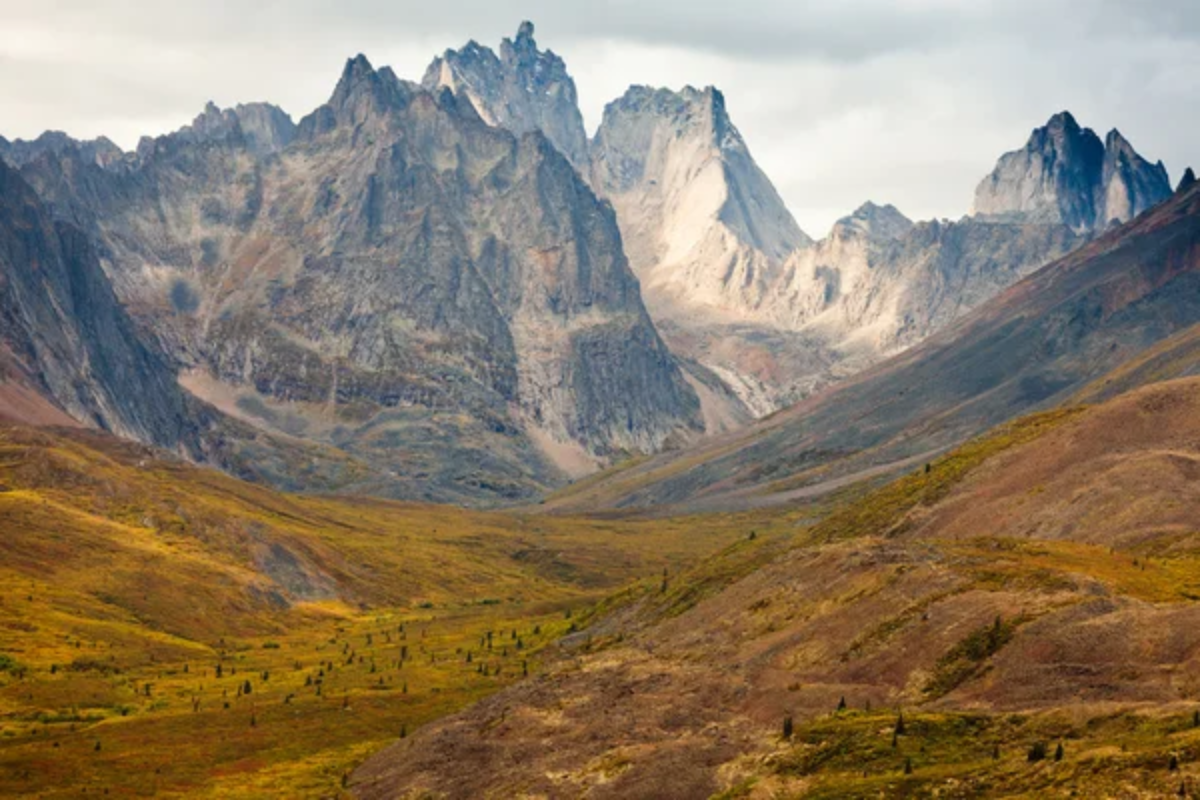
Annual visitation to this arctic park typically numbers fewer than 200 people, making it statistically among North America’s least-visited protected wilderness areas. The Firth River provides a challenging multi-week paddling route through completely undeveloped terrain.
During summer months, the midnight sun creates 24-hour daylight, eliminating natural boundaries between day and night. Wildlife observations might include the Porcupine caribou herd’s migration, yet encounters with other humans remain extremely rare outside the single seasonal base camp operated for just a few weeks each summer.
The complete absence of cellular service, settlements, or ground transportation infrastructure ensures communication isolation within landscapes unchanged since the last ice age.
Like Travel Pug’s content? Follow us on MSN.
Ellesmere Island, Nunavut

The northernmost inhabited island on earth becomes functionally uninhabited just miles beyond the small settlement of Grise Fiord, creating wilderness solitude more complete than almost anywhere else on the planet. Quttinirpaaq National Park occupies the island’s northern reaches, where multi-week expeditions cross glaciers and polar desert landscapes beneath 24-hour summer sunlight in an environment often compared to Mars for its isolation and otherworldly terrain.
Weather stations operated remotely represent the only permanent structures across thousands of square miles where arctic wolves and muskoxen maintain ancient ecological relationships undisturbed by human presence. International research teams occasionally visit specific sites during summer, but travelers planning properly can avoid even these rare encounters.
Great Bear Rainforest, British Columbia

This 12,000-square-mile temperate rainforest contains entire watersheds without roads, permanent structures, or regular human presence beyond occasional First Nations traditional use. Remote float cabins accessible only by seaplane allow visitors to establish temporary outposts along waterways where coastal wolves, spirit bears, and whales maintain ecological systems largely unchanged by industrial development.
Multi-week kayaking expeditions can navigate coastal waters and islands without encountering other parties, particularly during shoulder seasons when even the minimal tourist presence diminishes further. Ancient cedar trees older than European contact stand witness in valleys that receive annual rainfall measuring hundreds of inches, creating lush undergrowth that quickly obscures any human passage.
Woodland Caribou Provincial Park, Ontario

Despite relative proximity to population centers compared to arctic locations, this park’s complex network of interconnected lakes and rivers creates a paddler’s wilderness where canoe routes can extend for weeks without crossing roads or encountering motorized traffic.
Limited access points and challenging portages naturally filter visitor numbers, with most concentrated near entry areas, while interior regions remain rarely visited even during peak summer months. Winter transforms the landscape into a silent, snowbound realm where ski touring parties might spend weeks without seeing signs of other humans across frozen landscapes punctuated by wolf howls and raven calls.
The provincial park connects with adjacent protected areas across the Manitoba border, creating wilderness continuity that allows truly extended journeys beyond the reach of everyday human contact.
Like Travel Pug’s content? Follow us on MSN.
Muskwa-Kechika Management Area, British Columbia

Often called “The Serengeti of the North,” this 6.4-million-acre wilderness contains entire mountain ranges and river systems without permanent human infrastructure across a region larger than many European countries. Horseback expeditions following game trails represent the traditional travel method through these remote valleys where stone tool sites have remained undisturbed since prehistoric times, demonstrating the area’s long-standing isolation.
Floatplane drop-offs at remote alpine lakes allow experienced backcountry travelers to begin multi-week treks across landscapes more likely to reveal stone sheep and grizzly bears than fellow humans. The management area’s special designation maintains wildlife habitat while permitting traditional activities without developing the infrastructure that would make casual visitation possible.
Wapusk National Park, Manitoba

While Churchill attracts polar bear tourists to its perimeter, this massive park protecting maternal denning habitat remains largely unvisited beyond specific research locations accessed by helicopter. Winter temperatures regularly reaching -40°F naturally limit human presence across tundra landscapes where polar bears, arctic foxes, and caribou maintain ecological relationships largely unchanged by modern influences.
Specialized permits and guides with arctic survival experience provide the only practical access to interior regions where weather conditions can change rapidly across landscapes, offering no natural shelter for hundreds of miles. Summer brings muddy permafrost conditions unsuitable for hiking while black fly and mosquito populations peak, creating natural deterrents that maintain the region’s profound isolation through seasonal extremes.
Nahanni National Park Reserve, Northwest Territories
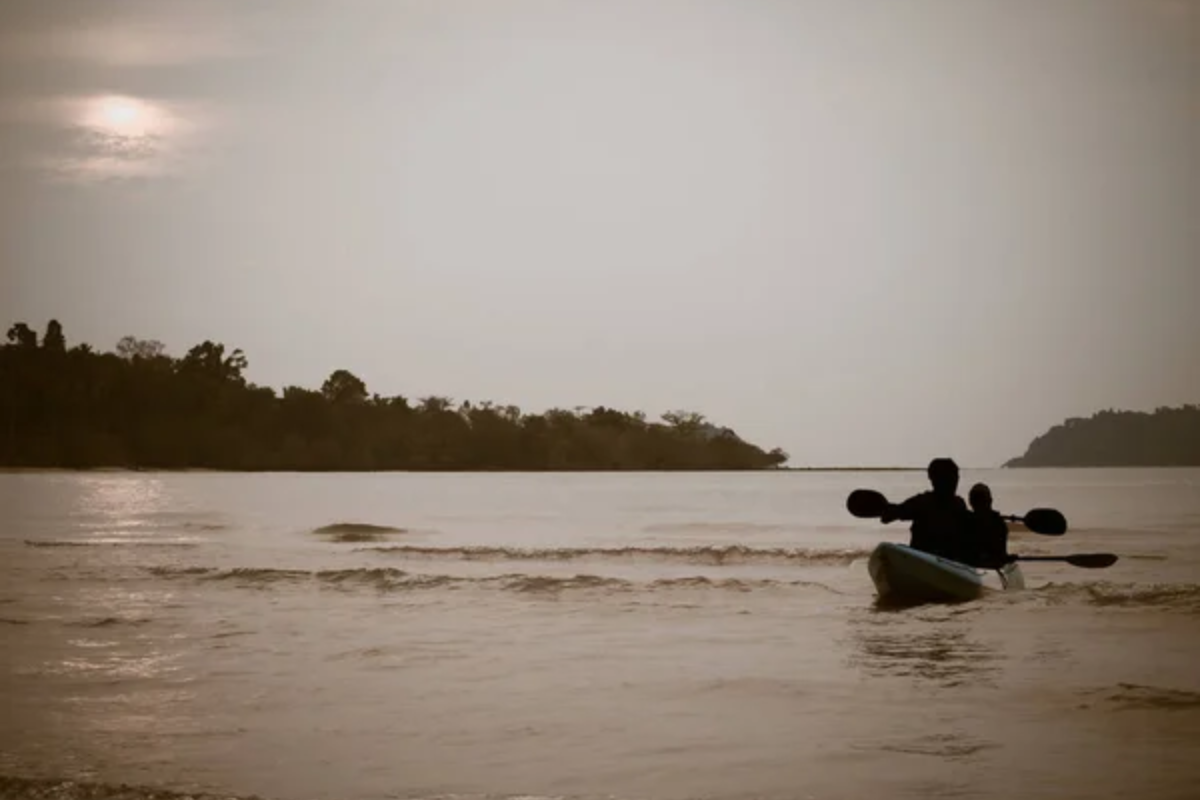
The legendary South Nahanni River cuts through mountains, creating canyons deeper than the Grand Canyon in places, with Virginia Falls dropping 315 feet—nearly twice the height of Niagara Falls (167 feet). A paddling route that typically sees fewer than 1,000 visitors annually. Hot springs emerge from karst formations throughout this UNESCO World Heritage Site, where limestone caves and unique microenvironments exist among terrain so remote that rumors of lost gold mines and mysterious disappearances formed its early reputation.
Multi-week expeditions require wilderness whitewater skills beyond casual recreation, naturally limiting visitors to those with technical abilities matching their desire for extended solitude. Float plane access to mountain lakes creates opportunities for alpine backpacking routes connecting watersheds across landscapes where mountain woodland caribou and grizzlies maintain ancient migration patterns.
Like Travel Pug’s content? Follow us on MSN.
Akamina-Kishinena Provincial Park, British Columbia

Nestled against the Montana and Alberta borders, this small but remarkably isolated park receives minimal visitation despite containing spectacular alpine terrain accessible through challenging trail networks. The absence of serviced campgrounds or facilities naturally selects for self-sufficient backcountry travelers comfortable with primitive conditions and navigation through regions where trails often disappear beneath snow until mid-summer.
Borderlands conservation status creates habitat connectivity with Waterton-Glacier International Peace Park while receiving a fraction of its visitation, allowing solitude seekers to experience similar ecological systems without the social environment. Weather conditions change rapidly in these mountains, where continental divide geography creates microclimate variations that demand proper equipment and experience from those seeking true isolation among flowering alpine meadows and crystalline lakes.
Grasslands National Park East Block, Saskatchewan
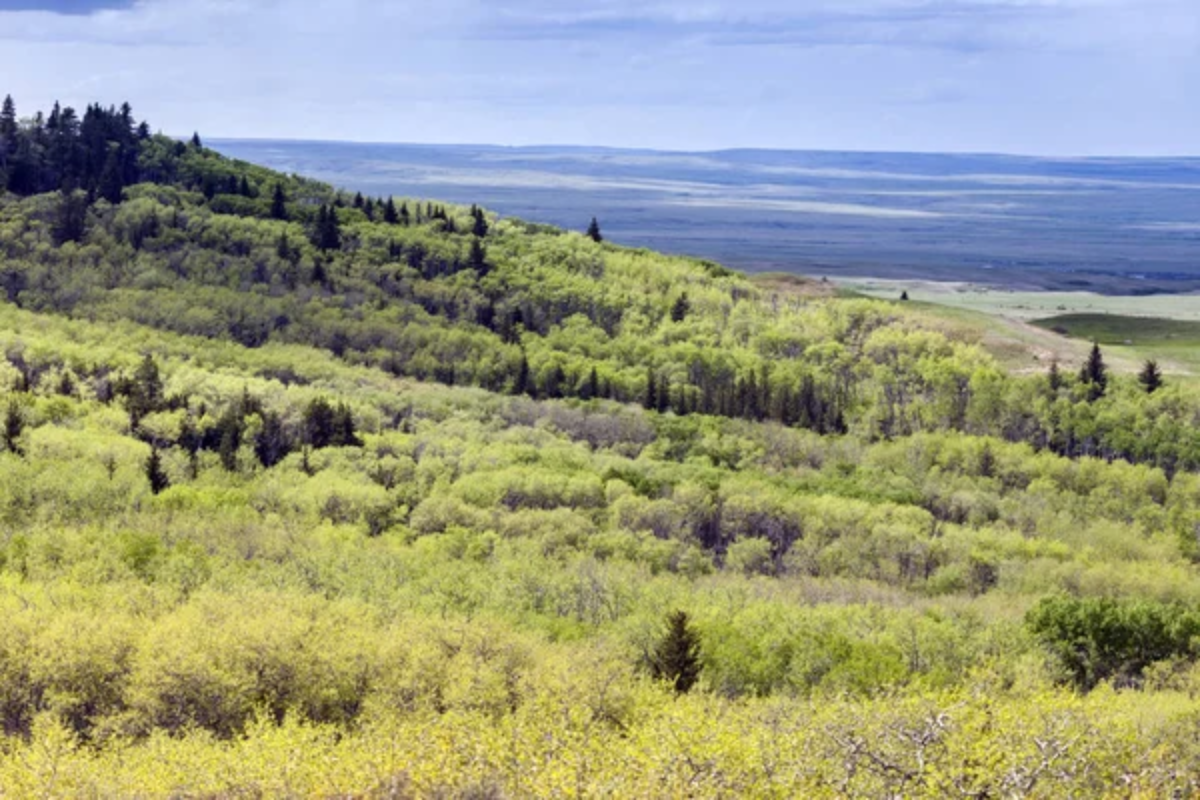
The isolation of the shortgrass prairie offers a unique form of solitude where uninterrupted sightlines extend for miles across landscapes that appear deceptively simple yet contain complex ecological relationships rarely experienced without modern intrusions. Backcountry camping regulations allow visitors to establish temporary bases anywhere beyond sight of the minimal road system, creating opportunities for astronomical observation under some of North America’s darkest night skies.
The fossil-rich badlands formations contain remnants from ancient seas that once covered the region, providing contemplative settings where geological time becomes tangibly present amid eroded landforms shaped by wind and infrequent water. Summer thunderstorms move visibly across horizons, creating dramatic light conditions across landscapes where the dominant sound remains prairie wind interacting with native grasses.
Tweedsmuir Provincial Park, British Columbia

The remote northern section of this massive park contains entire mountain ranges and river systems rarely visited despite extraordinary wildlife habitat and landscape diversity across multiple ecological zones. Float plane access to interior lakes enables multi-week circuits through regions where grizzly bear and moose encounters remain more likely than human contact, even during peak summer months.
The Grease Trail, also known as the Alexander Mackenzie Heritage Trail passes through portions of the park, following routes used for thousands of years yet seeing minimal modern traffic beyond occasional historical enthusiasts retracing the famous explorer’s path. Winter transforms the landscape entirely as heavy snowfall accumulates across mountain passes, creating isolation so complete that even park management maintains only occasional monitoring flights over vast regions without ground access.
Like Travel Pug’s content? Follow us on MSN.
Thelon Wildlife Sanctuary, Northwest Territories/Nunavut
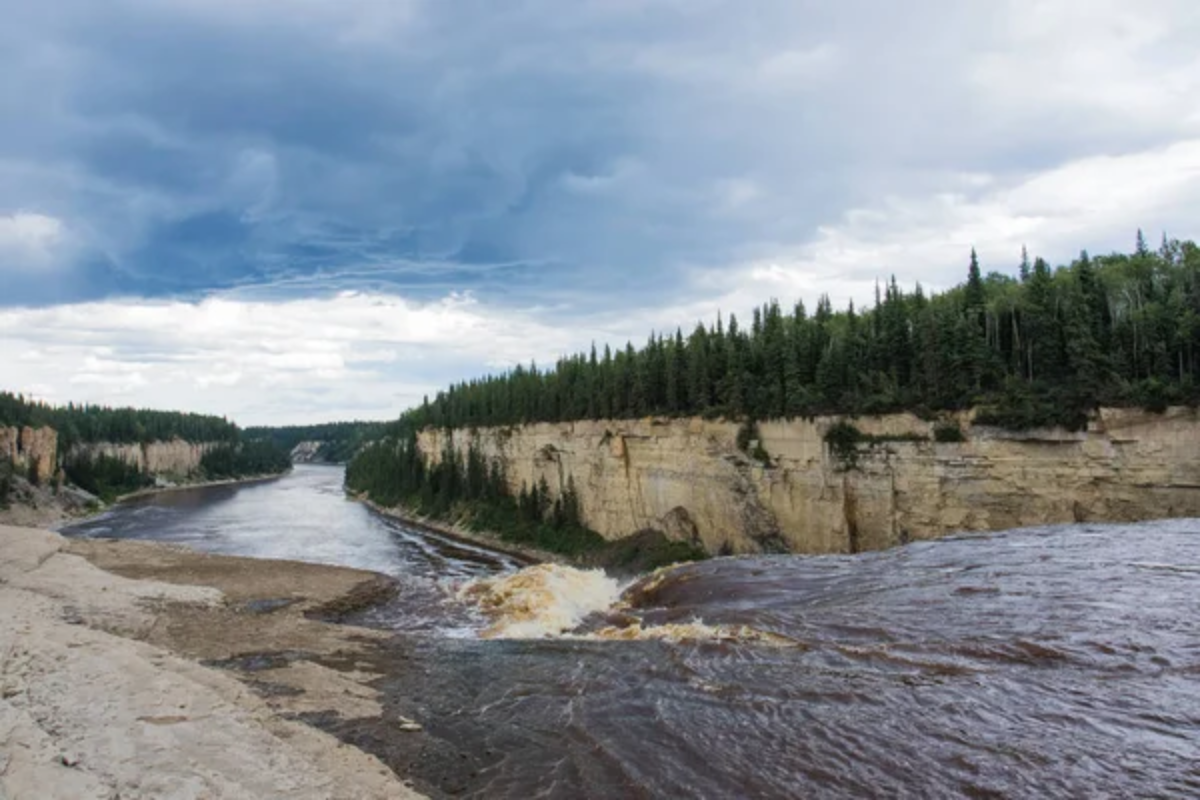
North America’s largest wildlife sanctuary protects the watershed of the Thelon River flowing through arctic tundra and the northern edge of boreal forest, creating habitat for wildlife, including muskoxen and barren-ground caribou across 52,000 square kilometers of roadless wilderness. Multi-week canoe expeditions represent virtually the only recreational access to its interior, with mandatory registration typically showing fewer than a dozen parties attempting the journey each short summer season.
Archaeological evidence throughout the region demonstrates indigenous presence spanning thousands of years, yet contemporary visitors might spend weeks without encountering other humans while witnessing ecological relationships largely unchanged since the retreat of continental glaciation. The sanctuary’s special designation prioritizes wildlife protection over recreational development, maintaining conditions where visitors must bring everything needed for complete self-sufficiency.
Gwaii Haanas National Park Reserve, British Columbia

The southern portion of Haida Gwaii (formerly Queen Charlotte Islands) combines cultural heritage with remarkable ecological isolation, accessible only by boat or seaplane with strict visitor limitations to maintain its remoteness. Ancient Haida village sites contain deteriorating totem poles and longhouse remains to return gradually to the forest, creating powerful settings for contemplation of human impermanence amid thousand-year-old cedar trees.
Multi-week kayaking expeditions between designated camping areas might encounter other parties at specific locations, but experienced paddlers can modify routes to maximize solitude within this archipelago known as “Canada’s Galápagos” for its unique species and ecological processes. Hot springs on remote islands provide natural comfort amid rainforest environments, receiving over 160 inches of annual precipitation that maintains lush vegetation, quickly reclaiming any human disturbance.
Purcell Wilderness Conservancy, British Columbia
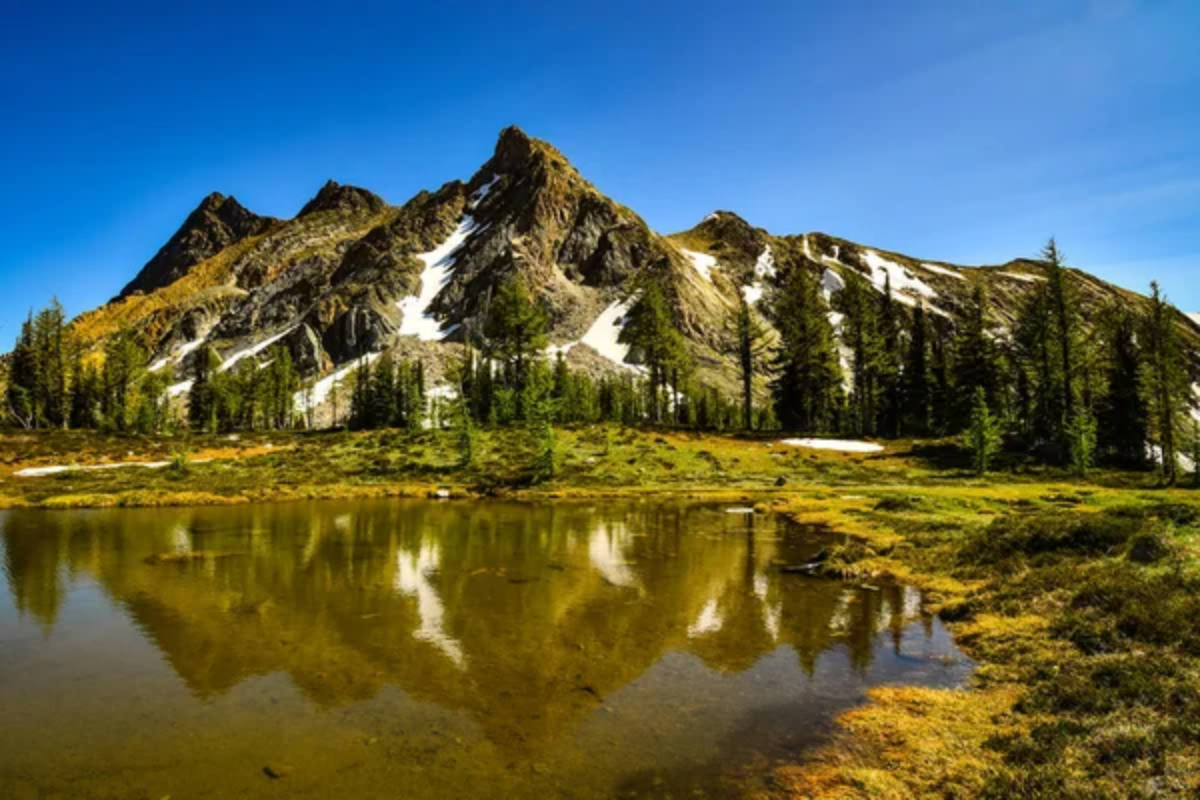
Deep valleys between spectacular mountain ranges contain ancient forest ecosystems where trails periodically disappear beneath deadfall and vegetation, demanding navigation skills and comfort with wilderness travel fundamentals. Remote alpine lakes are accessible only through demanding off-trail routes reward effort with pristine settings where human presence remains so infrequent that wildlife behavior demonstrates unfamiliarity with people rather than habituation.
Mountain ridges provide long-distance circuit possibilities for experienced alpinists comfortable with technical terrain and highly variable weather conditions that can deliver snow during any month. The conservancy’s special designation prioritizes ecological preservation over recreational development, maintaining primitive conditions that naturally limit visitation to those prepared for true wilderness immersion.
Like Travel Pug’s content? Follow us on MSN.
Atikaki Provincial Wilderness Park, Manitoba
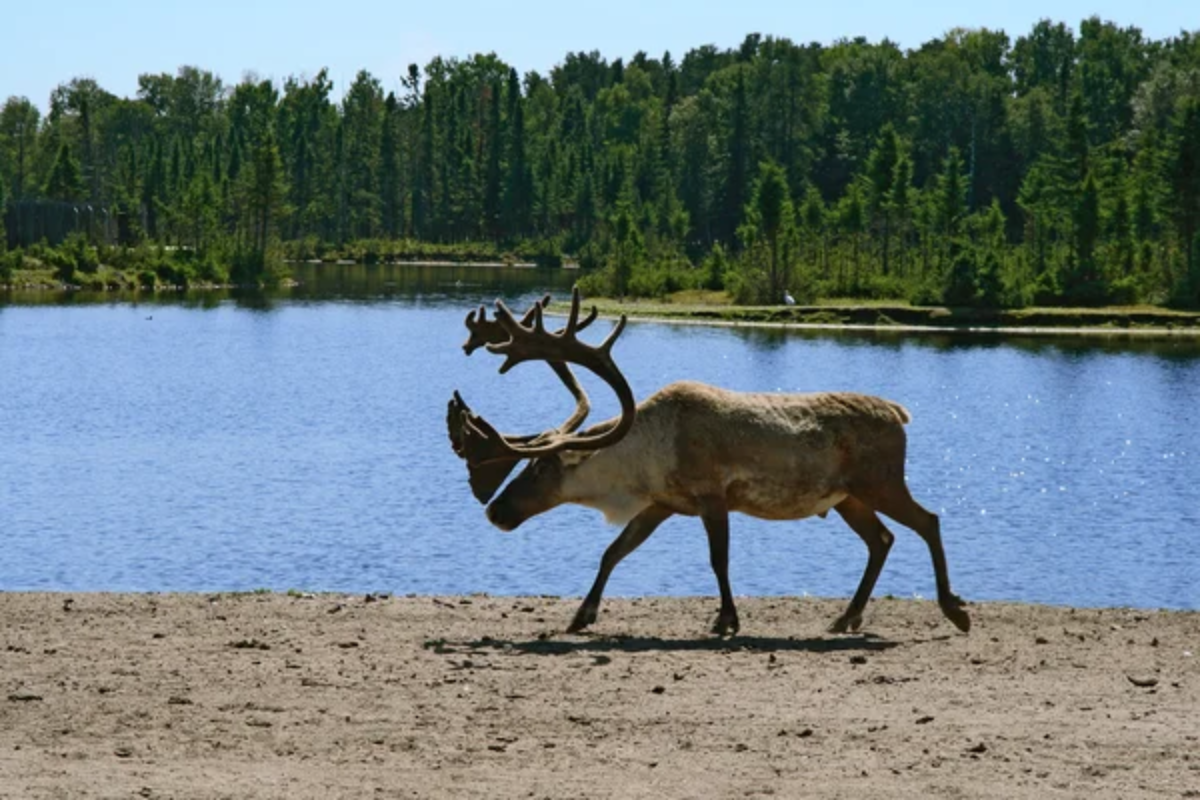
This roadless wilderness connects with Ontario’s Woodland Caribou Park, creating a massive cross-provincial paddling destination through the heart of Canadian Shield geography, where ancient Precambrian rock formations create the foundation for boreal forest environments. Pictographs created by indigenous peoples centuries ago decorate cliff faces along waterways, providing powerful reminders of human history within landscapes that otherwise might appear untouched by modern presence.
Winter transforms the region into a challenging ski touring destination where frozen lakes facilitate long-distance travel across regions completely inaccessible during summer months, when portages between watersheds require carrying equipment through challenging terrain. Designated as a backcountry park with minimal facilities by design, management policies specifically maintain wilderness character through the deliberate absence of development.
The Silence Beyond Words
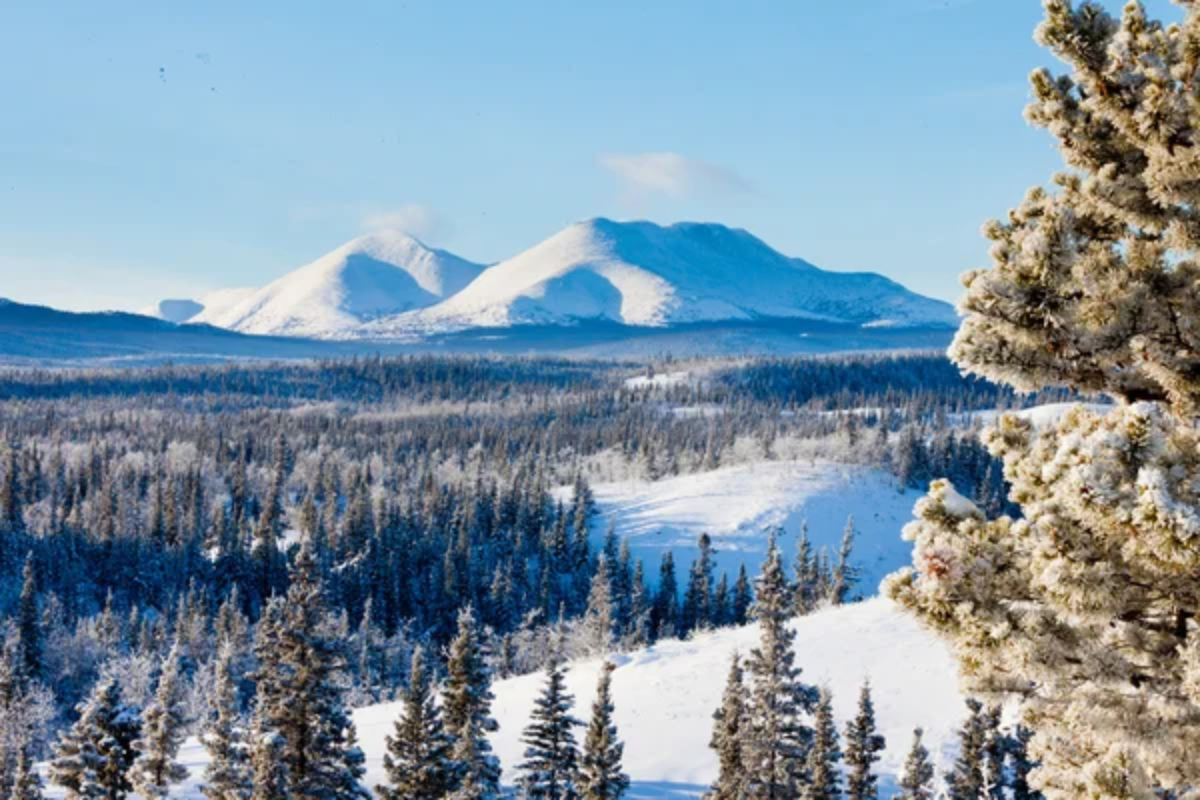
These destinations offer something increasingly rare in modern life—the opportunity for extended solitude where human voices, including your own, might go unheard for days or weeks. The silence found in these places isn’t merely the absence of human-generated noise but represents something more profound—the background state of the natural world before our species’ dominance.
For those seeking this deeper quiet, these Canadian wilderness areas provide settings where genuine solitude remains possible through thoughtful planning and self-sufficient travel approaches. The vastness of Canada’s protected landscapes ensures that meaningful isolation experiences remain accessible to those willing to develop the skills and preparation these environments demand.
More from Travel Pug

- 20 Towns Built for One Purpose That Were Later Abandoned
- 15 Hidden Spots in Disney World’s Magic Kingdom Most Visitors Miss
- 20 Once-Popular Beach Towns That Are Now Ghostly Empty
- 15 Canyons in the U.S. That Are Just as Stunning as the Grand Canyon
- 10 Under-the-Radar Mountain Towns That Are Both Affordable and Beautiful
Like Travel Pug’s content? Follow us on MSN.
